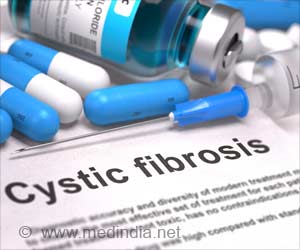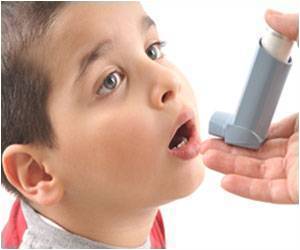Intense or prolonged exposure to the World Trade Center attack has led to a large number of people reporting new health problems years later, a new research article has revealed.
Intense or prolonged exposure to the World Trade Center attack has led to a large number of people reporting new health problems years later, a new research article has revealed.
Published in the August 5 issue of JAMA, the study has shown that individuals like recovery and rescue workers, nearby residents and office workers, who experienced intense or prolonged exposure to the World Trade Center attack, have reported new diagnoses of asthma or posttraumatic stress 5-6 years after the attack."The September 11, 2001, terrorist attack on the World Trade Center (WTC) killed thousands and exposed hundreds of thousands to horrific events and potentially harmful environmental conditions resulting from the collapsing towers and fires," according to background information in the article.
The report says that studies have documented adverse respiratory and mental health conditions associated with direct exposure within 1 to 3 years following the event, but the longer-term impact on health has been unclear.
Dr. Robert M. Brackbill, of the Centers for Disease Control and Prevention, Atlanta, and colleagues of the New York City Department of Health and Mental Hygiene, and Columbia University, New York, examined the incidence of two of the most commonly reported health outcomes: asthma and posttraumatic stress (PTS) symptoms indicative of probable posttraumatic stress disorder (PTSD) among adults 5 to 6 years after the attack.
For their study, the researchers used data from the World Trade Center Health Registry, the largest post-disaster exposure registry in U.S. history, which prospectively follows a group that reported a range of WTC disaster-associated exposures on September 11 and during its immediate aftermath.
They observed that overall post-event incidence among those without a prior history of asthma was 10.2 percent, with rescue/recovery workers having higher post-event asthma diagnosis rates than the next highest group, passers-by on September 11 (12.2 percent vs. 8.6 percent).
"These analyses confirm that intense dust cloud exposure was associated with new asthma diagnoses for each eligibility group, including the 1,913 passersby who only had exposure to the area air and dust on September 11," the authors write.
Asthma risk also was independently found to be associated with some damage to home or office, and risk was highest if there was a heavy coating of dust at home or at the office. Among residents, those who did not evacuate reported higher rates of asthma than those who did.
Among the adults without a diagnosis of PTSD before September 11, 23.8 percent screened positive for PTS symptoms indicative of probable PTSD at either wave 1 (14.3 percent) or wave 2 (19.1 percent). At follow-up, the prevalence of PTS symptoms increased in every eligibility group, with the greatest increase occurring among rescue/recovery workers.
At the wave 2 follow-up survey, passers-by had the highest levels of symptoms (23.2 percent), while residents had the lowest (16.3 percent).
Across eligibility groups, passers-by had the highest prevalence of chronic PTS symptoms and office workers had the highest prevalence of resolved symptoms while rescue/recovery workers had the highest prevalence of late-onset symptoms.
So far as mental health diagnoses are concerned, 13.6 percent of all participants previously free of PTSD reported receiving a PTSD diagnosis from a mental health professional since September 11; 14.0 percent reported receiving a depression diagnosis; and 7.4 percent reported receiving both. Event-related loss of spouse or job was associated with PTS symptoms.
Co-occurrence of post-event asthma and PTS symptoms was common in the follow-up survey. Among enrollees with postevent asthma, 36 percent had PTS symptoms; among enrollees with these symptoms at follow-up, 19 percent reported a new diagnosis of asthma after September 11.
The researchers add that applying reported outcome rates from the follow-up survey results to the approximately 409,000 potentially exposed persons, roughly 25,500 adults are estimated to have experienced post-event asthma, and 61,000 are estimated to have experienced symptoms indicative of probable PTSD.
"Our findings confirm that, after a terrorist attack, mental health conditions can persist if not identified and adequately treated and that a substantial number of exposed persons may develop late-onset symptoms. Our study highlights the need for surveillance, outreach, treatment, and evaluation of efforts for many years following a disaster to prevent and mitigate health consequences," the authors conclude.
Source-ANI
RAS
 MEDINDIA
MEDINDIA




 Email
Email





